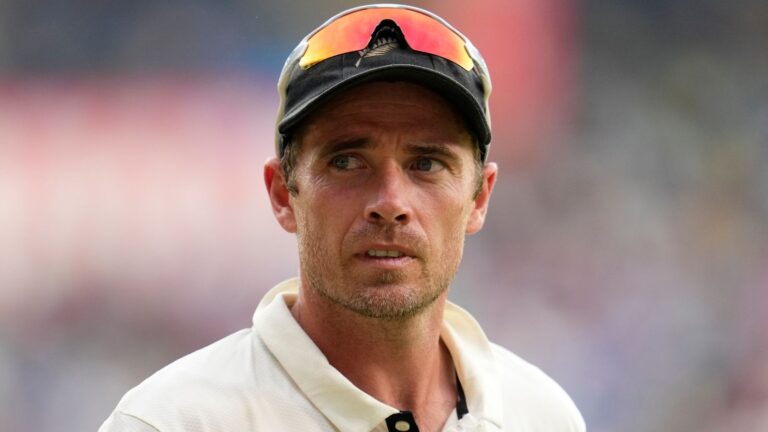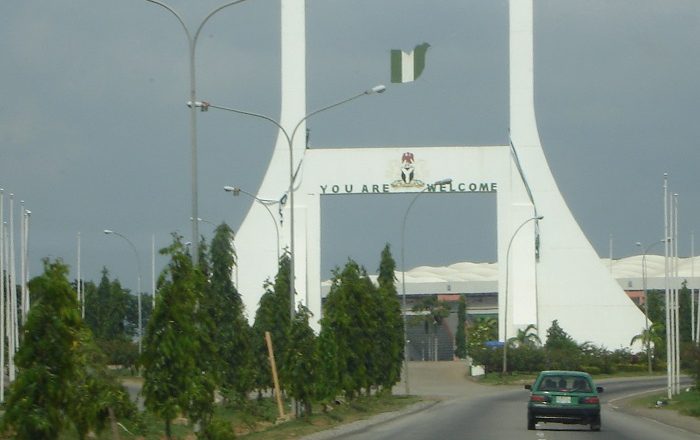5 deadliest flood crises in Nigeria since 2012
Floods are the most common and recurring disaster in Nigeria. These disasters have become part of the country’s history, causing big changes to the environment, sweeping away homes while forcing many to relocate, and even taking the lives of settlers.
The World Economic Forum says that heavy rains combined with poor urban planning have made parts of Nigeria more susceptible to flooding.
For decades, Nigerians have fought a relentless battle against this crisis. From overflowing rivers to failing drainage systems, the causes are diverse, but the impact is often devastating.
Here are the 5 of the deadliest floods Nigeria has experienced since 2012.
The 2012 Nigeria flooding
According to the NIGERIA Post-Disaster Needs Assessment 2012 Floods, heavy rains between July and October 2012 combined with rising water levels resulting from the runoff contributed to the flooding of human settlements located downstream of the Kainji, Shiroro, and Jebba dams on the Niger River; the Lagdo dam in Cameroun on the Benue River; the Kiri dam on the Gongola River; and several other irrigation dams.
In some cases, the dams were damaged; in others, water had to be released at full force to avert an overflow. The National Emergency Management Agency (NEMA) reported that 363 people were killed, 5,851 were injured, and 3,871,530 were displaced due to the resulting floods.
The Benue Floods of 2017
The government in Nigeria reported that over 100,000 people in Benue state were displaced after the Benue River overflowed due to several days of heavy rain. 12 local government areas of the state were been affected and around 4,000 homes were damaged. NEMA deployed a humanitarian team to affected areas centred on Makurdi, the state capital, distributing relief supplies to victims.
The situation involved NGOs, the European Civil Protection and Humanitarian Aid Operations (ECHO) and UNICEF.
The 2020 African Sahel floods
In 2020, while the world battled the coronavirus, millions of people in West and Central Africa were battling ravaging floods. In October, flooding affected 2.2 million people in the regions where excess rainfalls were exceeded, destroying houses, goods, crops and fields, and land degradation in communities that majorly rely on agriculture, pushing vulnerable families deep into crisis. In Nigeria, the United Nations Office for the Coordination of Humanitarian Affairs that 436,000 citizens were affected, 62,000 were displaced and about 66,000 homes were damaged.
The 2022 Nigeria floods
The 2022 floods are considered Nigeria’s worst in decades. Severe floods in Nigeria which began in September caused the deaths of over 600 people and displaced 1.3 million from their homes across various states in Nigeria, according to the World Economic Forum. In Anambra, 76 people died trying to flee the flood after an escape boat capsized.
The events were blamed on the release of excess water from Cameroon’s Lagdo dam in the middle of September. Nigeria does not have a buffer dam to prevent this flow though the need has existed since 1982 when the Lagdo dam was completed.
More than 200,000 houses and 266,000 acres of farmland were completely or partially damaged, Sadiya Umar Farouq, Nigeria’s minister of humanitarian affairs said, warning states to prepare for evacuation in expectation of more flooding.
The 2024 Maiduguri floods
Water from the Alau Dam in Maiduguri, which collapsed on the morning of September 10, 2024 submerged 70 percent of the Borno capital city leaving up to 800,000 thousand residents in the affected areas displaced. The Director-General of the Borno State Emergency Management Agency (SEMA), Barkindo Mohammed described the situation in flooded Maiduguri town as terrible.
The recent heavy downpour recorded across the state has also led to serious flooding in Biu, Chibok, Konduga, Bama, Dikwa and Jere LGAs forcing President Bola Tinubu to open up IDP camps to accommodate those stranded.







